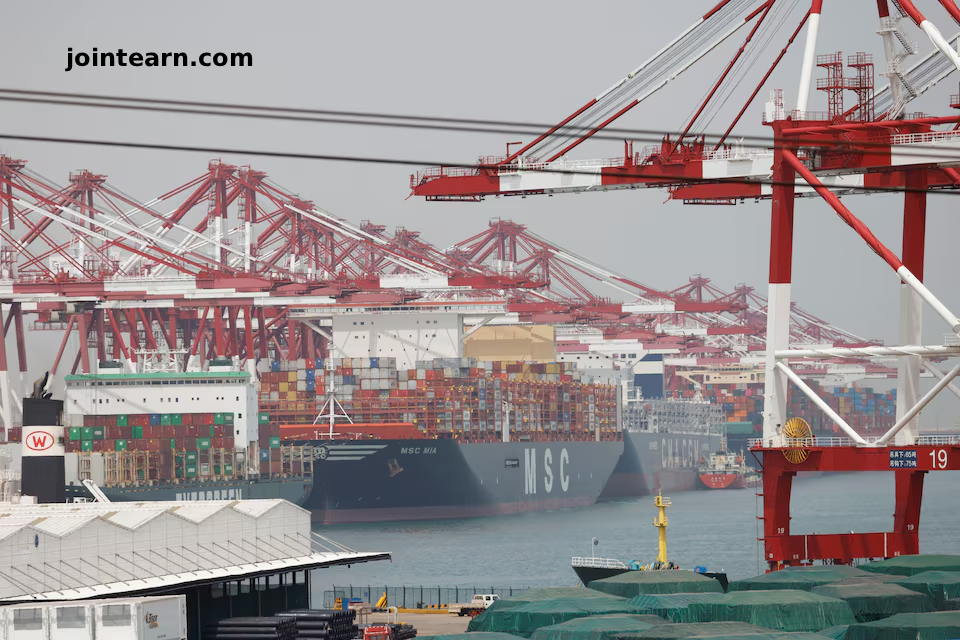
Beijing – China’s crude oil imports from Indonesia have surged to unusually high levels in 2025, a trend that traders say masks shipments of sanctioned Iranian crude being trans-shipped in Malaysian waters. This development comes amid increased scrutiny of cargoes originating from Malaysia, a major trans-shipment hub for Iranian oil.
According to market participants, some Iranian barrels destined for China are being rebranded as Indonesian crude, allowing traders to circumvent U.S. sanctions and regulatory monitoring. While China officially ceased importing Iranian crude in 2022, customs data continues to show volumes from Malaysia and Indonesia that exceed the actual production and exports of these countries.
Discrepancy Between Chinese and Indonesian Export Data
Chinese customs data indicate that China’s crude imports from Indonesia rose sharply from less than 100,000 metric tons in 2024 to 9.81 million tons (approximately 235,570 barrels per day) for the year through October 2025. By contrast, Indonesian customs data report only 1.7 million tons of crude exports between January and September, with only 25,000 tons reportedly sent to China.
Meanwhile, China’s imports from Malaysia have nearly halved since July, down from a peak of 8.5 million tons in March. This reduction coincides with Malaysia tightening enforcement on illegal ship-to-ship (STS) transfers, a common practice used to obscure the origin of oil shipments.
Traders Shift Declared Origins to Indonesia
According to two anonymous traders, Indonesia has emerged as a preferred declared origin for Iranian crude in 2025. Banks and financial institutions have become more cautious about documentation showing Malaysia as the source, prompting traders to re-label barrels to maintain market access.
“Some banks are rejecting documentations showing Malaysia as origin,” said one trader. Pankaj Srivastava, Senior Vice President at Rystad Energy, noted, “With US-Indonesia energy deals and plans for 17 modular refineries in Indonesia, Indonesia may become a softer source than Malaysia. However, the sourcing can still change on paper frequently if monitoring and enforcement increase.”
Continued Ship-to-Ship Transfers
Despite the rebranding, Iranian crude continues to be transferred between ships off the coast of Malaysia. Jianan Sun, an analyst at Energy Aspects, stated, “Most of the STS transfers of Iranian crude destined for China still take place off the coast of Malaysia.”
Analytics firm Kpler reported that in the first ten months of 2025, China imported over 57 million tons (1.37 million barrels per day) of Iranian-origin or suspected Iranian-origin crude, with more than 51 million tons moved via STS transfers.
Implications for Global Oil Markets
The surge in Indonesia-labeled imports highlights the complexities of enforcing sanctions on Iranian oil and the challenges of tracking crude origins in global shipping networks. Analysts note that while labeling changes help evade scrutiny, the underlying trade flows and geopolitical risks remain significant for the global energy market.

Leave a Reply